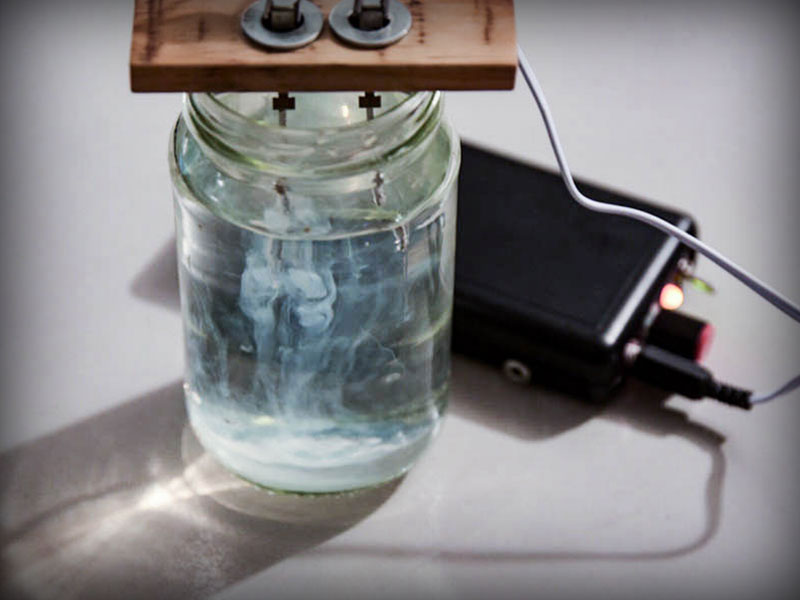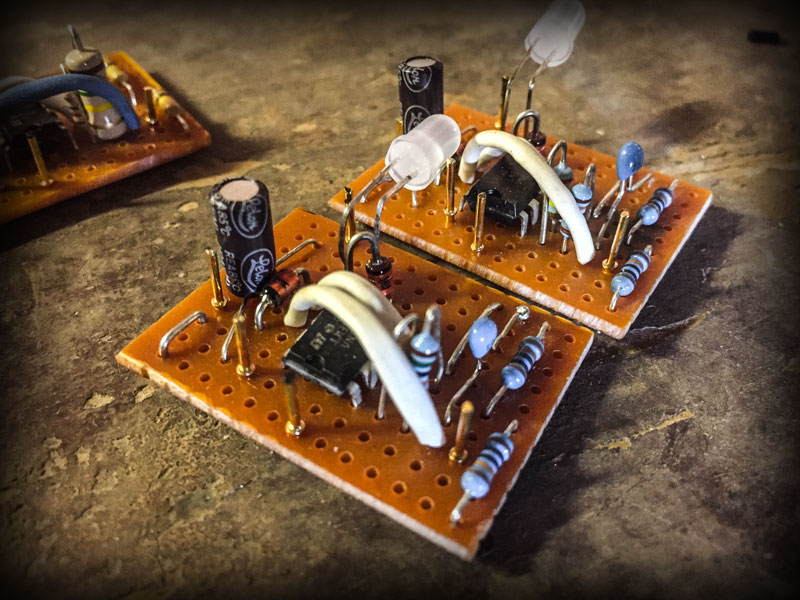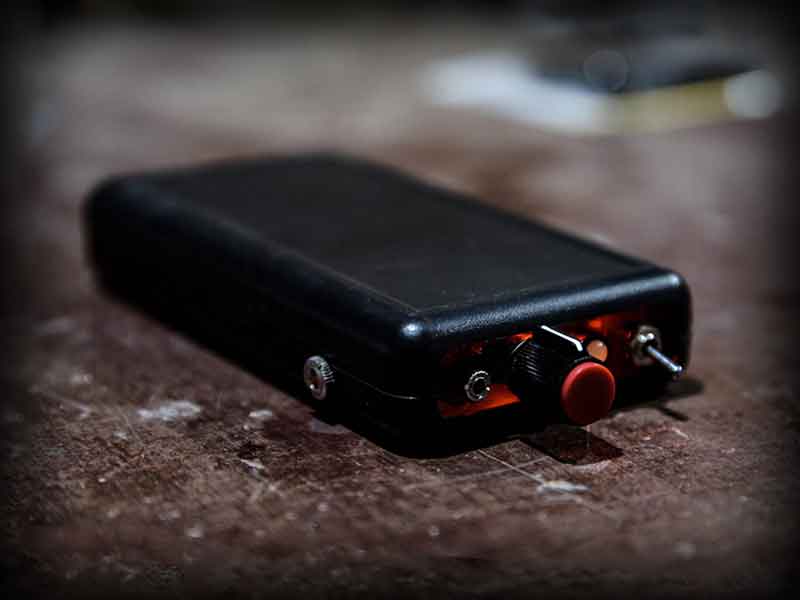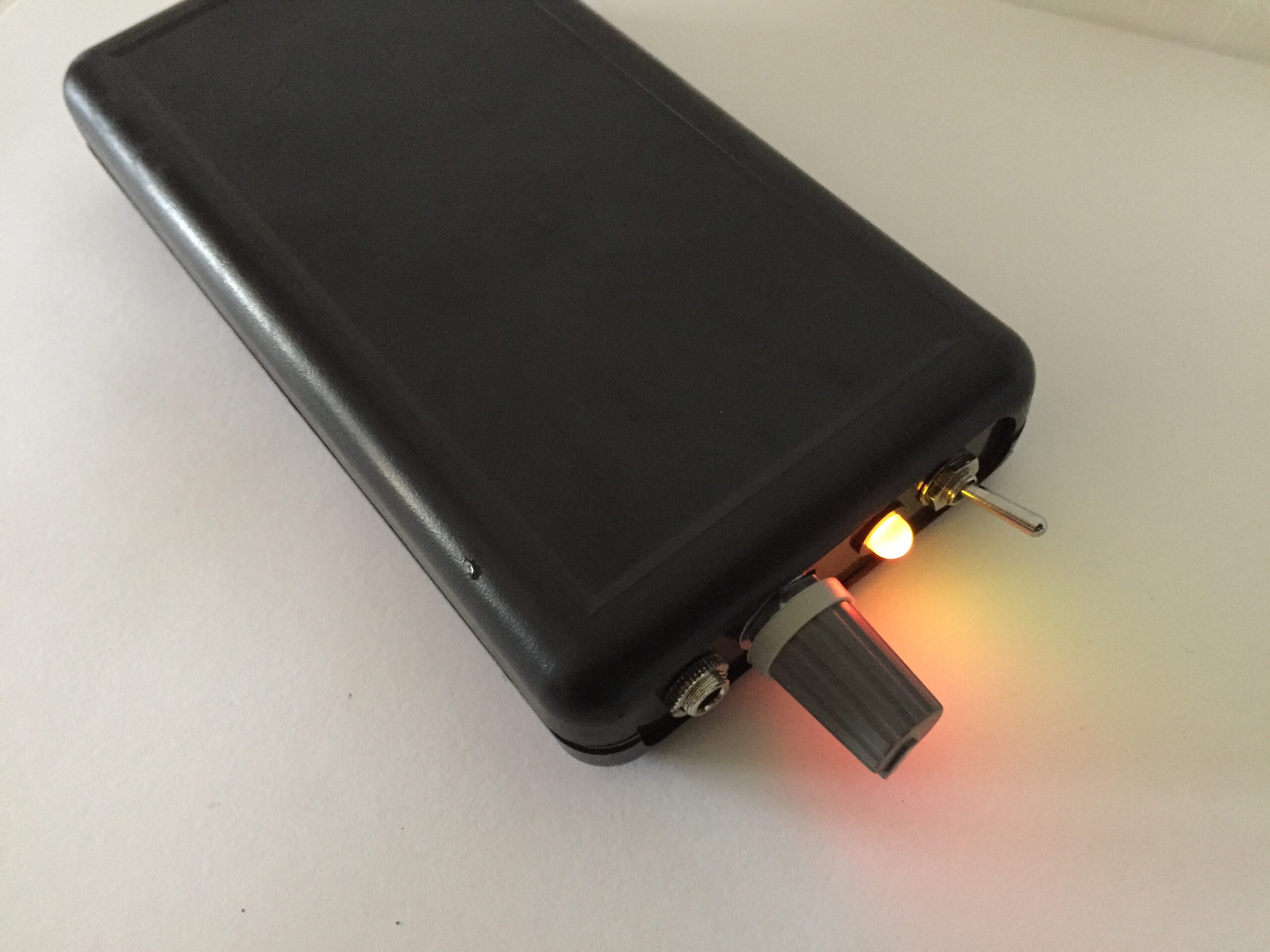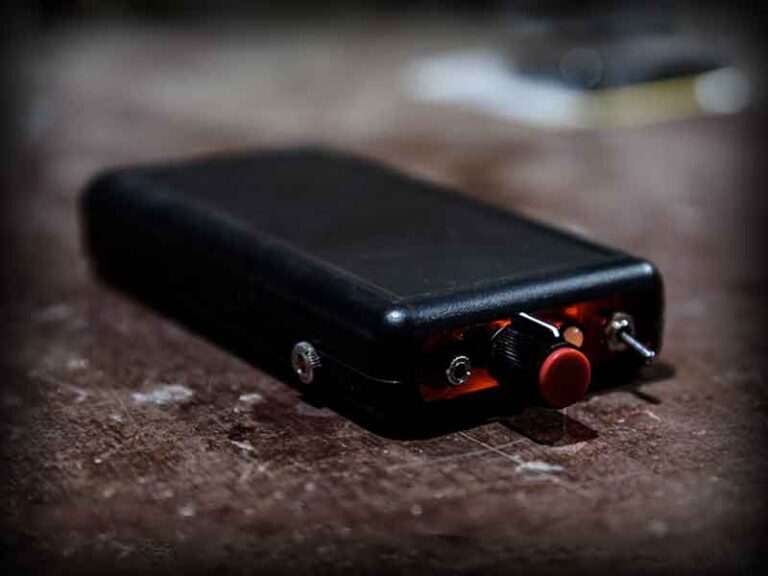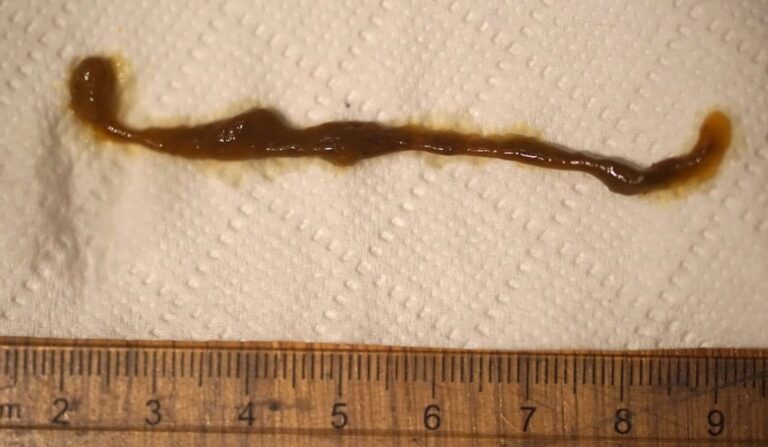Understanding the Dfference Between Silver Colloid and Ionic Silver Colloid
Silver has been utilized for its medicinal and antimicrobial properties for centuries. Today, with advancements in nanotechnology and colloidal science, we have two primary forms of silver used for various purposes: silver colloid and ionic silver colloid. While both share silver as their core component, they differ significantly in their chemical nature and applications. In this article, we’ll explore the distinctions between these two forms of silver and highlight their respective benefits.
Silver Colloid
Silver colloid, also known as colloidal silver, consists of silver nanoparticles suspended in a liquid medium. These nanoparticles are typically in the range of 1 to 100 nanometers in size. The suspension is stabilized through various mechanisms to prevent the particles from settling to the bottom. One common stabilizer is electrical charge, where the particles repel each other due to surface charges.
Preparation: Silver colloid is commonly produced through a reduction process where silver ions are reduced to form nanoparticles. This can be achieved through chemical reduction or by using specialized equipment like electrical generators.
Characteristics: Silver colloid appears as a cloudy or opaque liquid due to the scattering of light by the suspended particles. The nanoparticles in the colloid remain predominantly metallic, with little or no ionic silver content.
Applications: Silver colloid is widely used as a natural antimicrobial agent. It is found in various products, such as wound dressings, topical creams, and dietary supplements. Additionally, it is utilized in water purification systems to inhibit bacterial growth.
Ionic Silver Colloid
Ionic silver colloid, also referred to as silver ions or silver hydrosols, consists of silver ions (Ag+) dissolved in a liquid medium, typically water. Unlike silver colloid, the silver particles in ionic silver colloid do not form nanoparticles, but instead, they remain in their ionic form.
Preparation: Ionic silver colloid is produced by using specialized equipment that facilitates the dissociation of silver ions from silver sources. This can be achieved through electrolysis or other processes designed to release silver ions into the liquid medium.
Characteristics: Ionic silver colloid appears as a clear or transparent liquid since it lacks the light-scattering particles found in silver colloid. The silver ions are responsible for its antimicrobial properties.
Applications: Ionic silver colloid is primarily used for water disinfection and purification due to its potent antimicrobial properties. It is also found in medical applications, such as wound irrigation and oral care products.
Key Differences:
- Chemical Nature: The primary difference between silver colloid and ionic silver colloid lies in their chemical form. Silver colloid consists of metallic silver nanoparticles, while ionic silver colloid contains silver ions dissolved in the liquid medium.
- Appearance: Silver colloid appears cloudy or opaque, whereas ionic silver colloid is transparent or clear.
- Particle Size: Silver colloid contains nanoparticles, whereas ionic silver colloid contains individual silver ions.
- Applications: Silver colloid is widely used in wound care, topical applications, and dietary supplements. In contrast, ionic silver colloid is predominantly used for water disinfection and medical applications.
In conclusion, both silver colloid and ionic silver colloid harness the antimicrobial properties of silver but in different chemical forms. Silver colloid contains silver nanoparticles suspended in a liquid medium, while ionic silver colloid consists of silver ions dissolved in water. Understanding the differences between these two forms of silver is essential when choosing the appropriate product for specific applications, ensuring the desired benefits are achieved effectively and safely.
Bob Beck Documentation
Here you will find articles and instructions on how to build your own Silver Zapper. Plus a few other interesting…

Electromedicine: Unleashing the Power of Electrical Energy for Healing
Prepare to be captivated by the remarkable realm of electromedicine—a field that explores the potential of electrical energy to revolutionize…

Electromedicine: The Electrifying World of Healing with Electricity!
Have you ever wondered if electricity can be used to heal the body? Well, get ready to be amazed because…
Understanding the Dfference Between Silver Colloid and Ionic Silver Colloid
Silver has been utilized for its medicinal and antimicrobial properties for centuries. Today, with advancements in nanotechnology and colloidal science,…
Bob Beck – Exploring His Contributions to Alternative Health and Electromedicine
Robert C. Beck: Pioneering Electromedicine and Alternative Health Robert C. Beck, a physicist, inventor, and researcher, is renowned for his groundbreaking…
The Blood Electrifier: Exploring the Device, Mechanisms, and Controversies
The concept of blood electrification has garnered attention in alternative health circles as a potential therapy for various conditions. At…
Experience the Revolutionary Bob Beck Zapper: Unleashing the Power of Electromedicine
In the realm of alternative therapies, the Bob Beck Zapper has emerged as a groundbreaking device, captivating the attention of…


